An extraordinary Italian palazzo built in the heart of Oxfordshire is up for sale at £16 million
The Palazzo Pallavicini in Genoa inspired the creation of Newington House, which is on the market for the first time in 35 years.
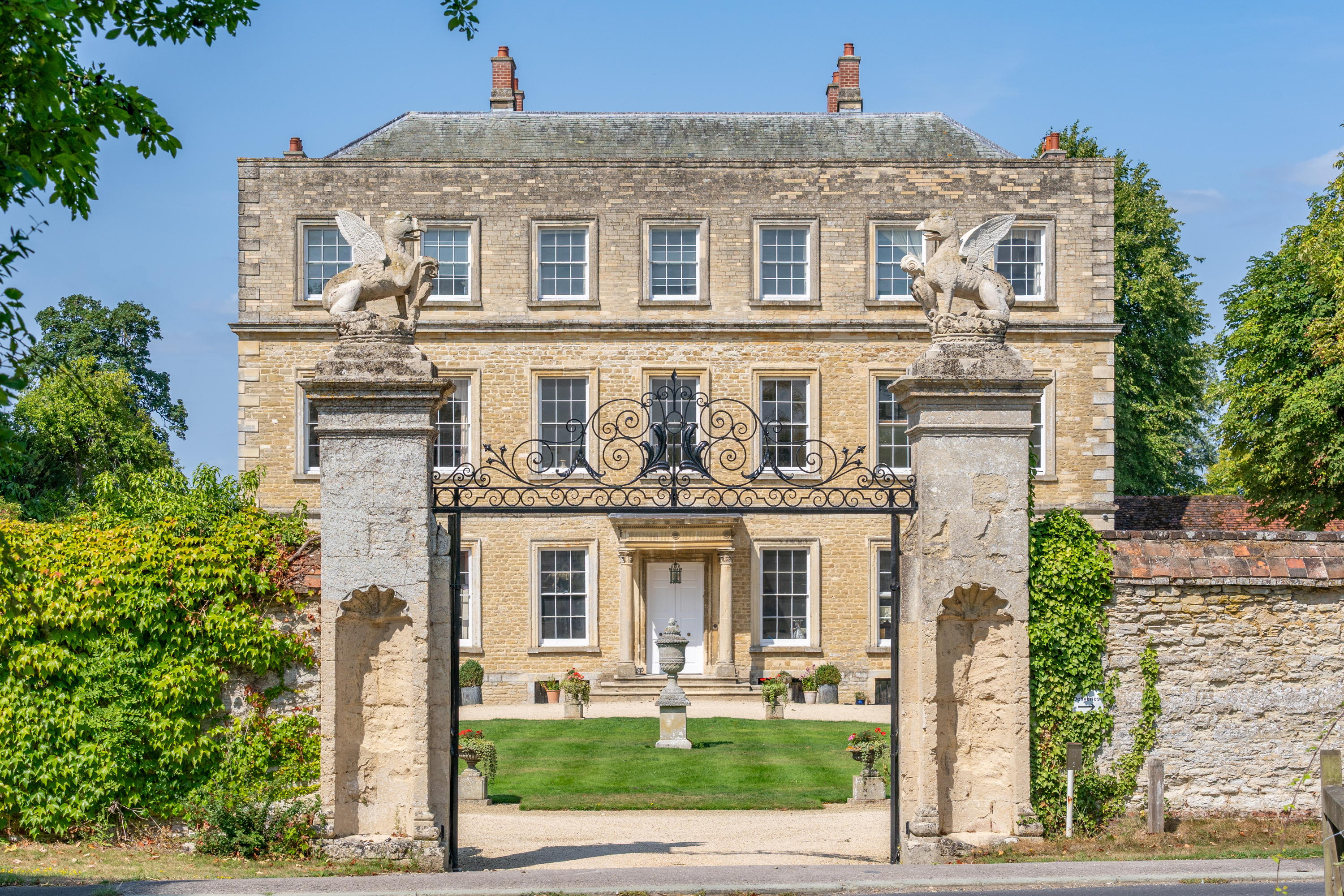

Newington House might be in Oxfordshire, but this Grade II*-listed home is an that has raised the stakes for prime country property. It's for sale for the first time in a couple of generations, with Crispin Holborow of Savills Private Office quoting a guide price of £16 million.
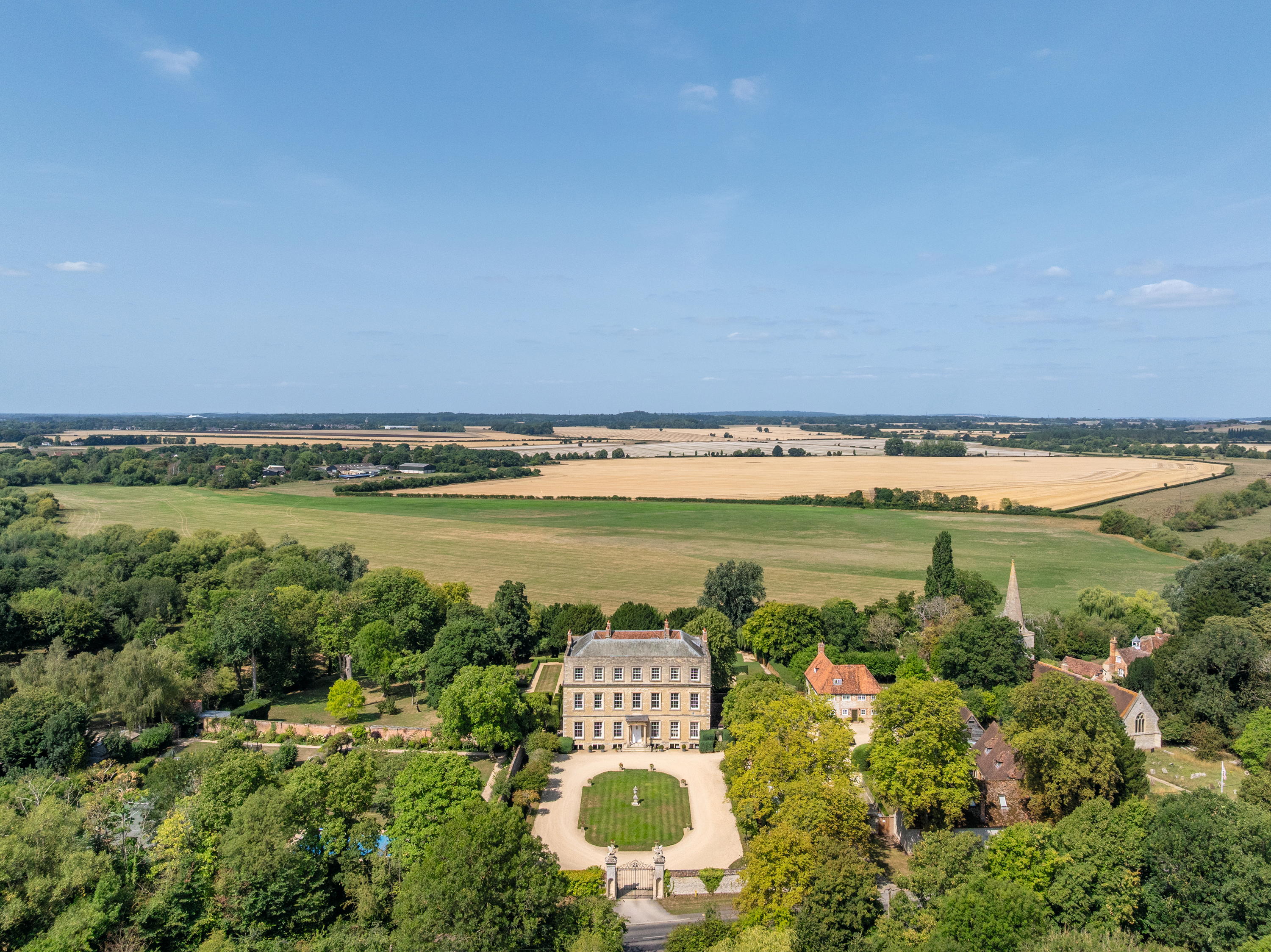
According to the Victoria County History of Oxfordshire, a large estate at Newington in the Thame valley, six miles north of Wallingford and 10 miles south-east of Oxford, was granted by Emma, Queen Consort of King Canute, to the priory of Canterbury Cathedral between 1017 and 1035. Following the Dissolution in 1542, Newington was sold to landowner John Oglethorpe of Newington, whose son, Owen, twice sheriff of the county, divided the estate in 1600, selling Britwell Prior to John Simeon and the rest, known as Newington Manor, to Edmund Dunch of nearby Little Wittenham.
Edmund was succeeded by his son, Walter, who built himself a new manor house in 1635. Walter was followed by his nephew, another Edmund Dunch, whose own son, Henry, inherited the estate in 1678 and, in about 1679, built a new Classical manor house, known by the early 18th century as Newington House, either on or near the site of its predecessor. Its design was reputedly inspired by the Palazzo Pallavicini in Genoa, Italy, one of many grand palaces described and illustrated by Peter Paul Rubens in his book Palazzi di Genova (1622), and today a UNESCO World Heritage site.
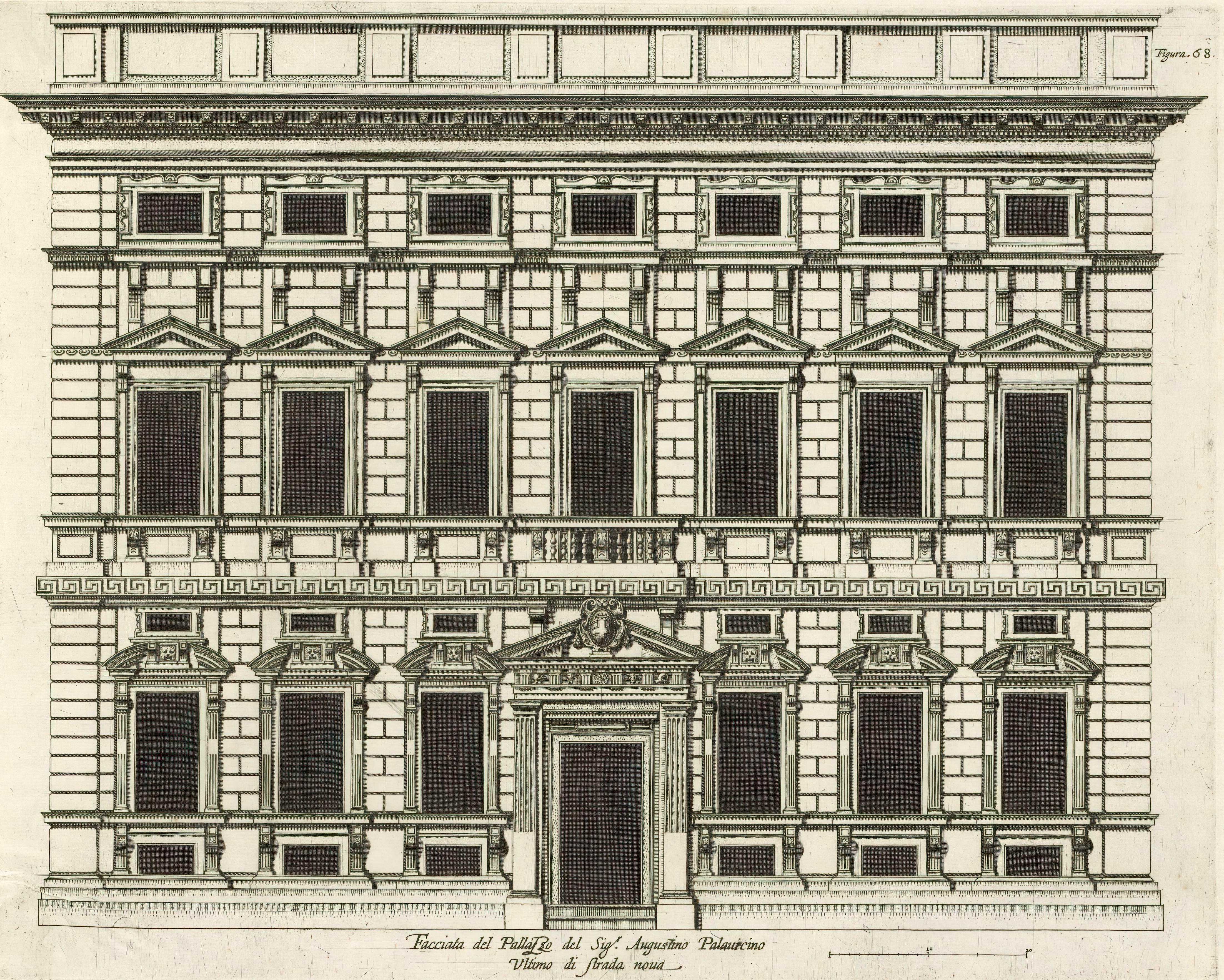
Peter Paul Rubens' 1622 illustration of Palazzo Pallavicini-Cambiaso in Genoa.
Henry Dunch’s daughter, Elizabeth, married Cecil Bisshopp, the son of Sir Cecil Bisshopp of Parham, West Sussex, who inherited his father’s title and estates in 1705. In 1751, Newington Manor passed to their son, another Sir Cecil Bisshopp, who sold Newington House to George White, a principal clerk at the House of Commons, in 1776.
A year later, White remodelled the house, adding a second floor under a hipped Welsh-slated roof, a Corinthian porch and a low service wing. Much of the interior, including the fine marble fireplaces and cornicing in the main reception rooms, dates from this period, although chamfered beams and the remains of a large fireplace in the basement hail from the 17th century.
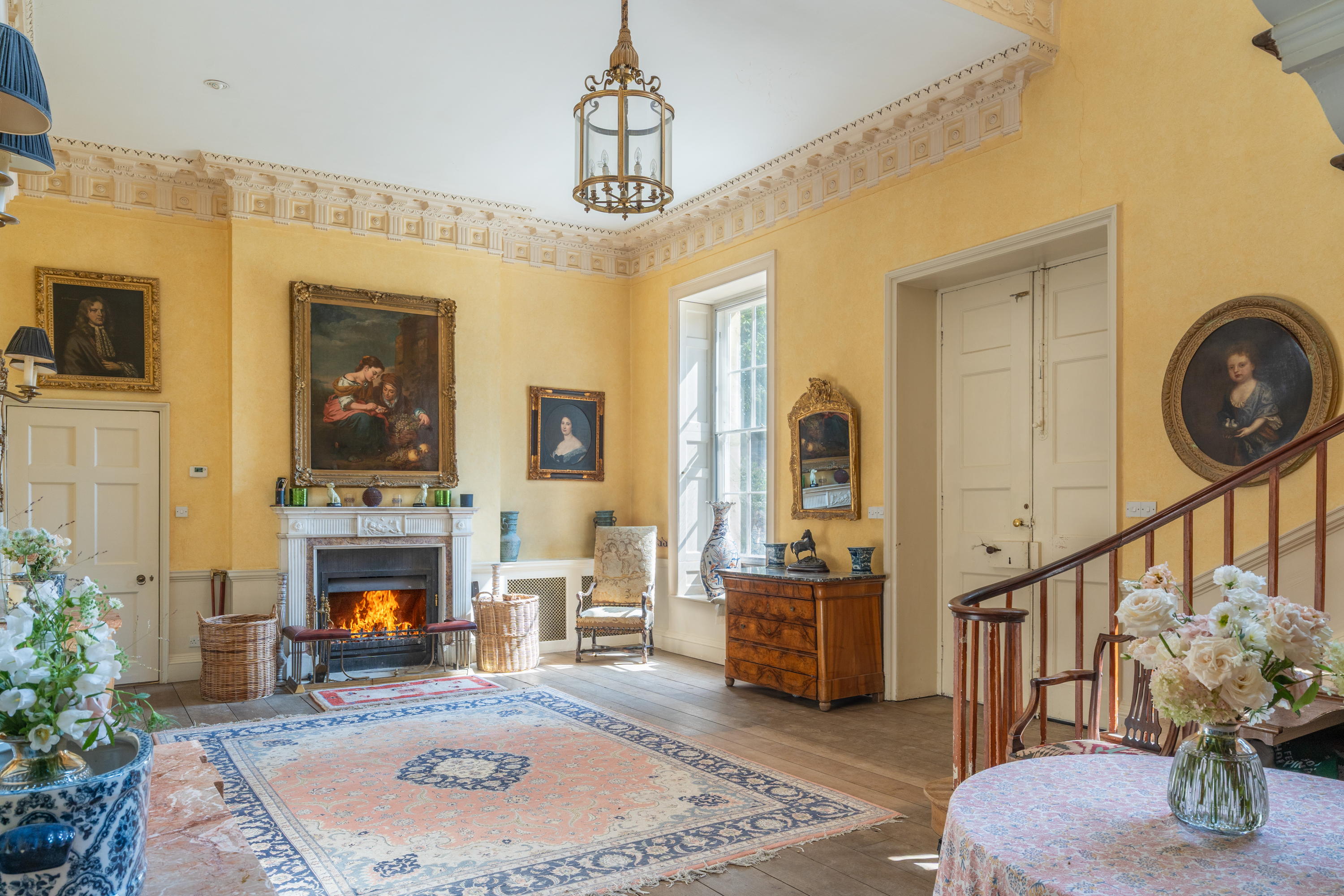
Newington House stands in 43 acres of landscaped gardens, meadows and woodland on the banks of the River Thame, which forms the western boundary. Flooded throughout with light from full-height sash windows, the imposing main house offers more than 13,000sq ft of elegant accommodation on four floors.
On the ground floor there is an impressive entrance hall, three grand reception rooms, a study, kitchen, boot room and adjoining three-bedroom courtyard flat.
Exquisite houses, the beauty of Nature, and how to get the most from your life, straight to your inbox.
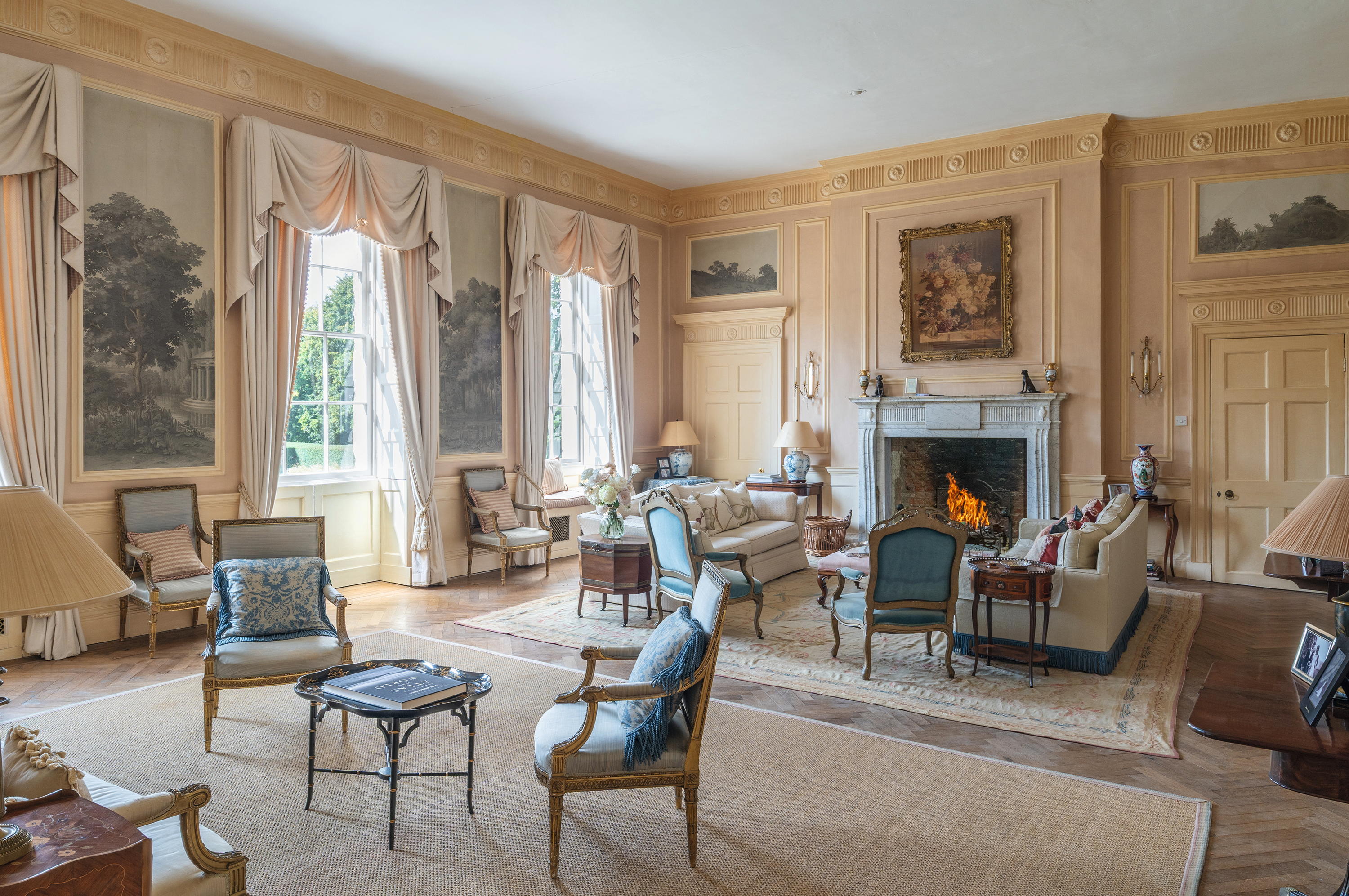
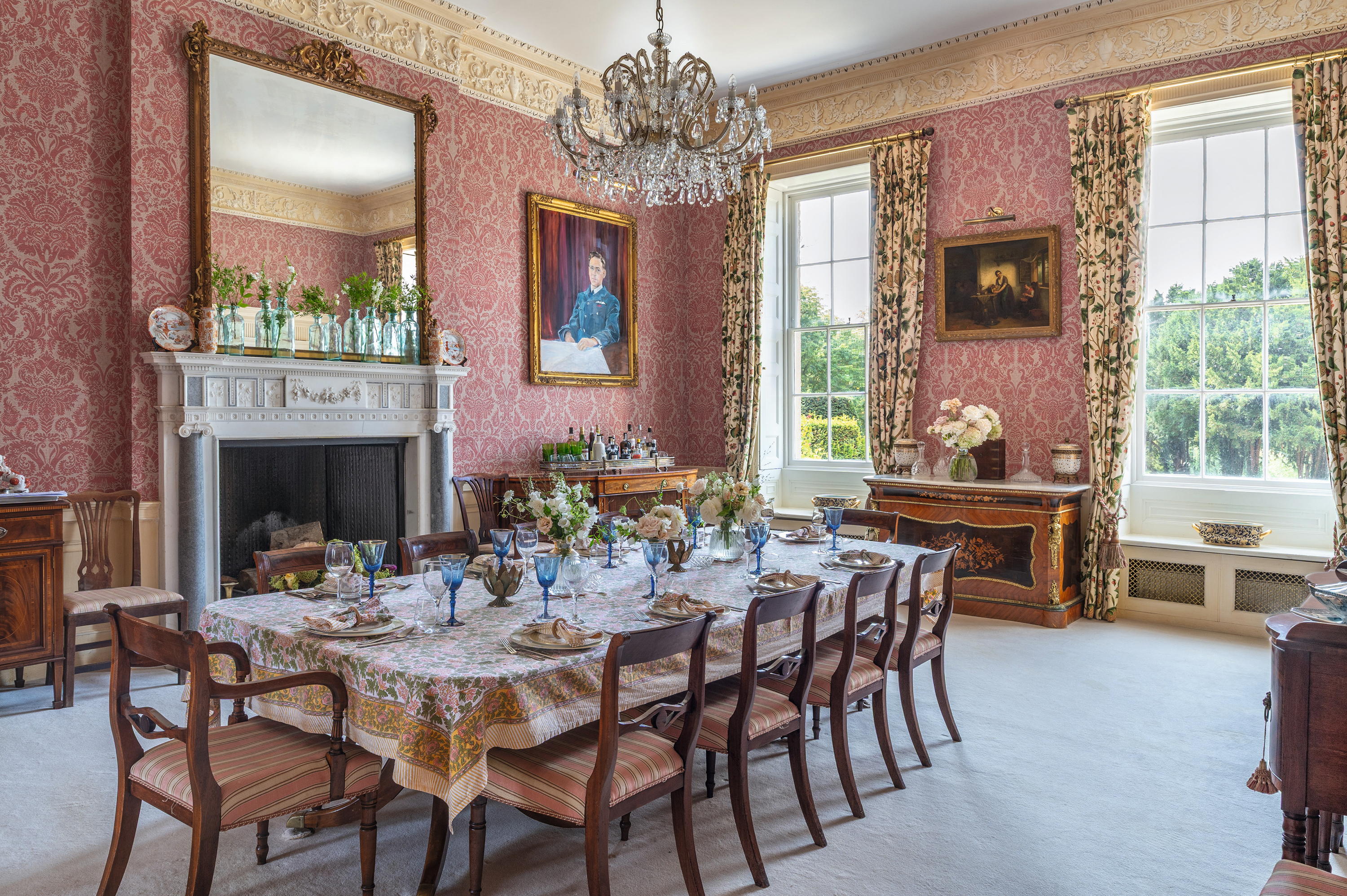
The lower ground floor has a kitchenette, reception room, gym, games room and gun room.
Above, the principal bedroom suite and two guest suites are on the first floor; while four further bedrooms and two bathrooms are on the second floor.
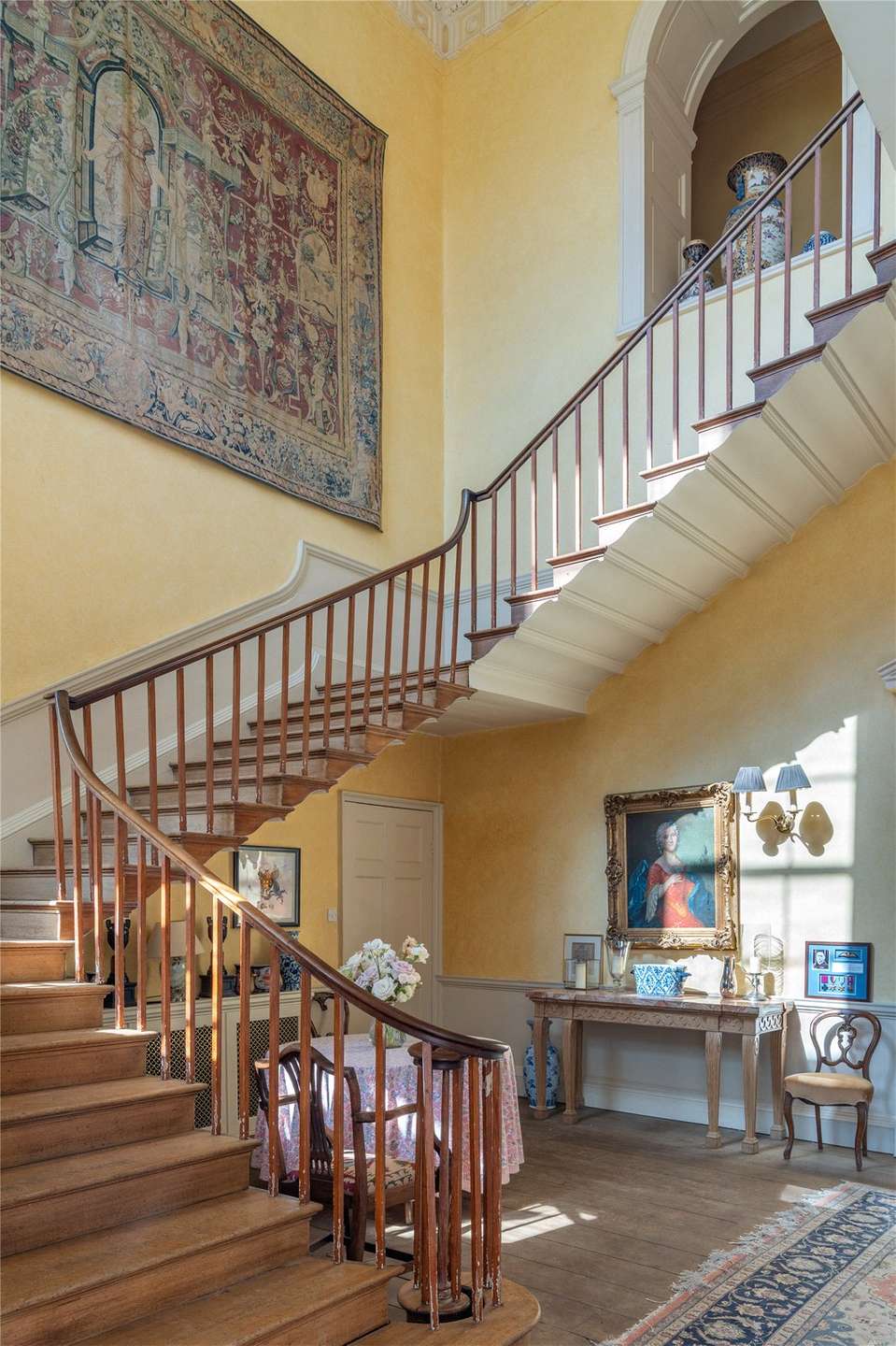
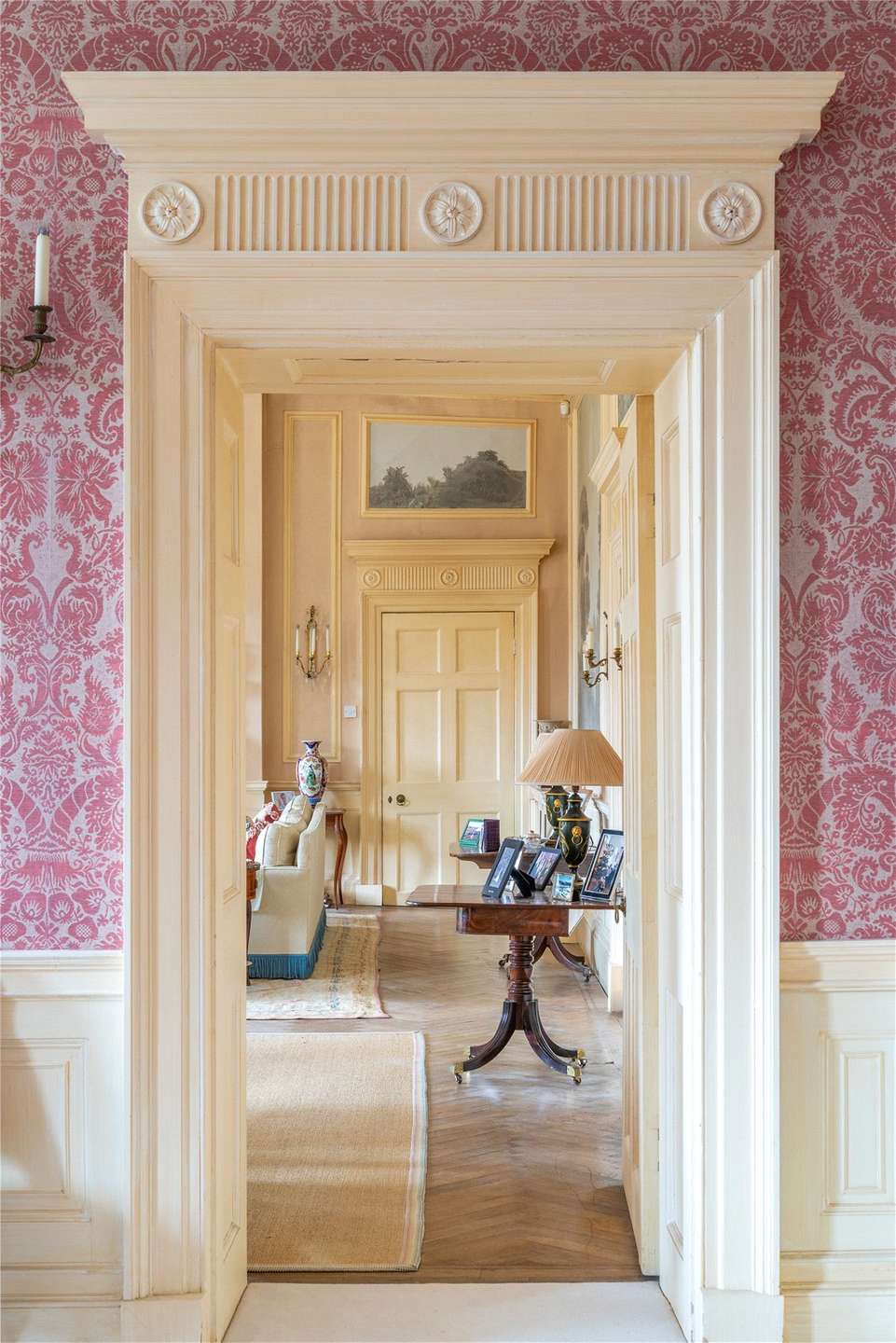
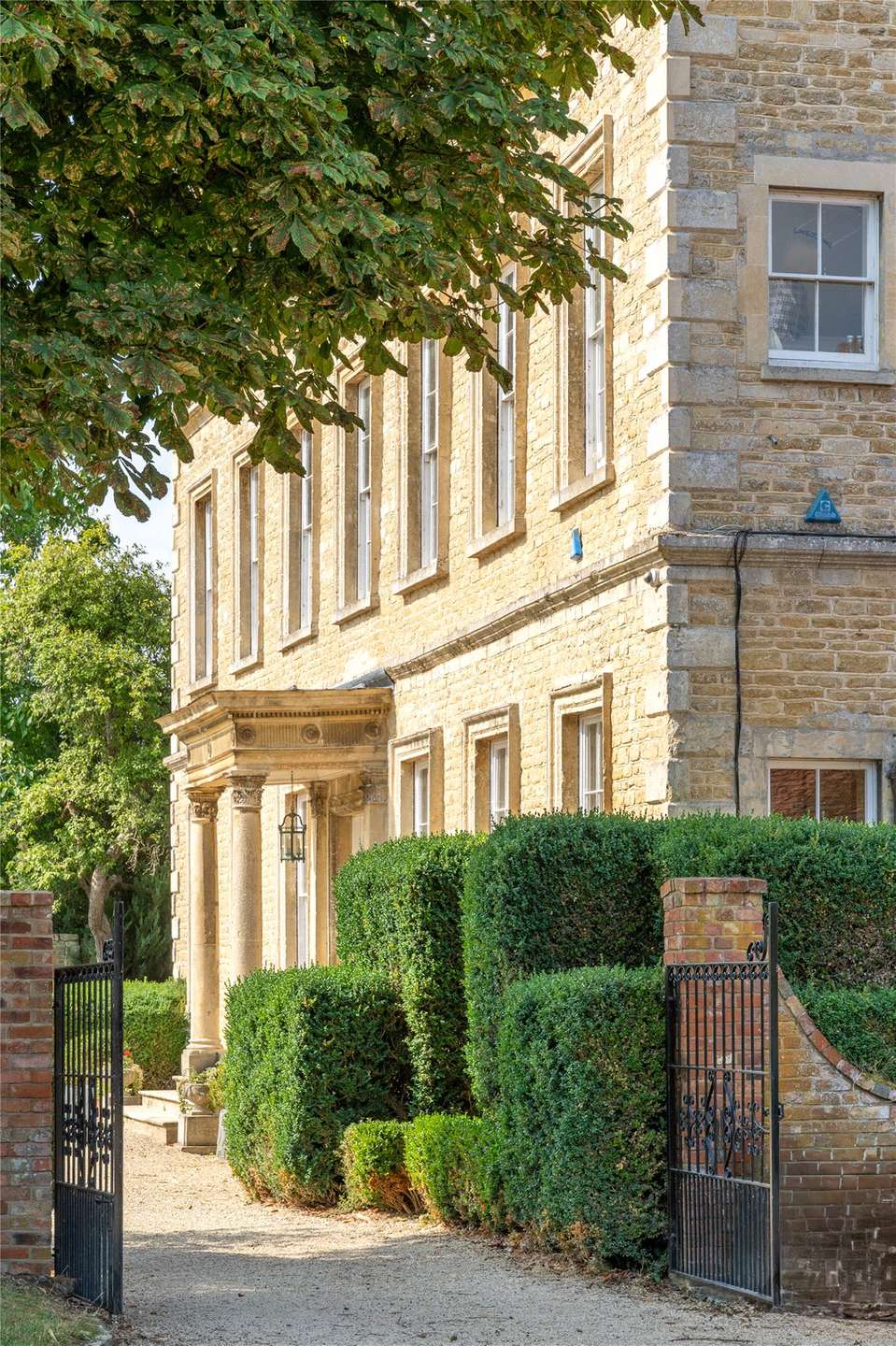
The grounds contain a stable block built in 1679 and a kitchen garden of similar date. The stone griffins on the Grade II*-listed gate piers represent the Bisshopps and the stone cartouches their successors, the Whites. Lead rainwater heads on the main range are inscribed ‘GW 1777’. The roof dates from the addition of the second floor in 1777, but retains timbers from the roof of 1680, the tie-beams of which survive in situ.
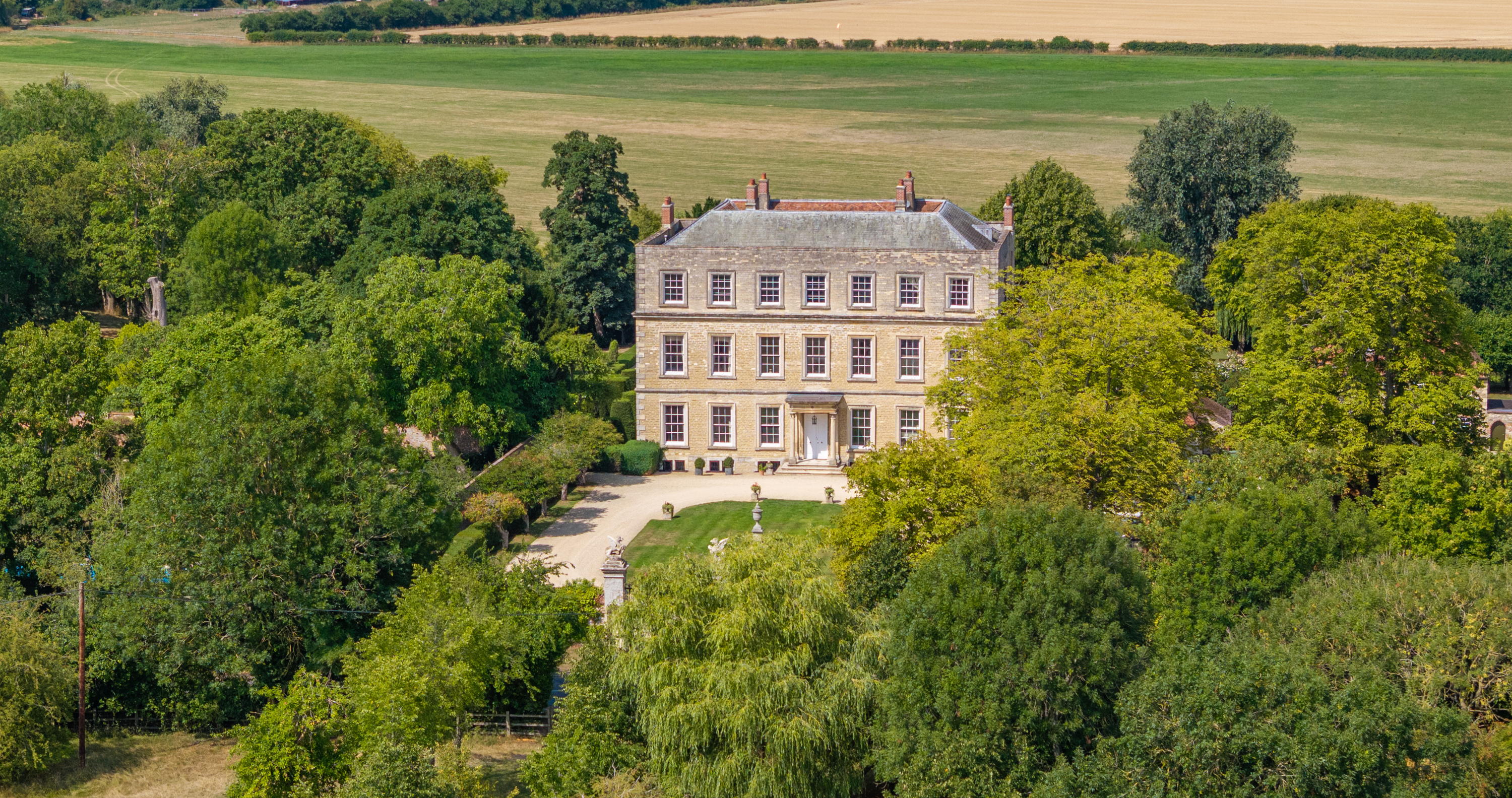
In the early 1900s, Newington House was first leased and then acquired by the American artist and hostess Ethel Sands. The house became a hub for artists, writers and members of England’s cultural elite: writers Henry James and Arnold Bennett and members of the Bloomsbury Group, including Virginia Woolf, were regular visitors. In 1920, Sands sold Newington House to Capt Alex Wallace Gilmour of the Royal Artillery, who lived there until his death in 1946. There followed a handful of short-term owner-occupiers, until the Nettleton family, the current vendors, acquired Newington House in 1991.
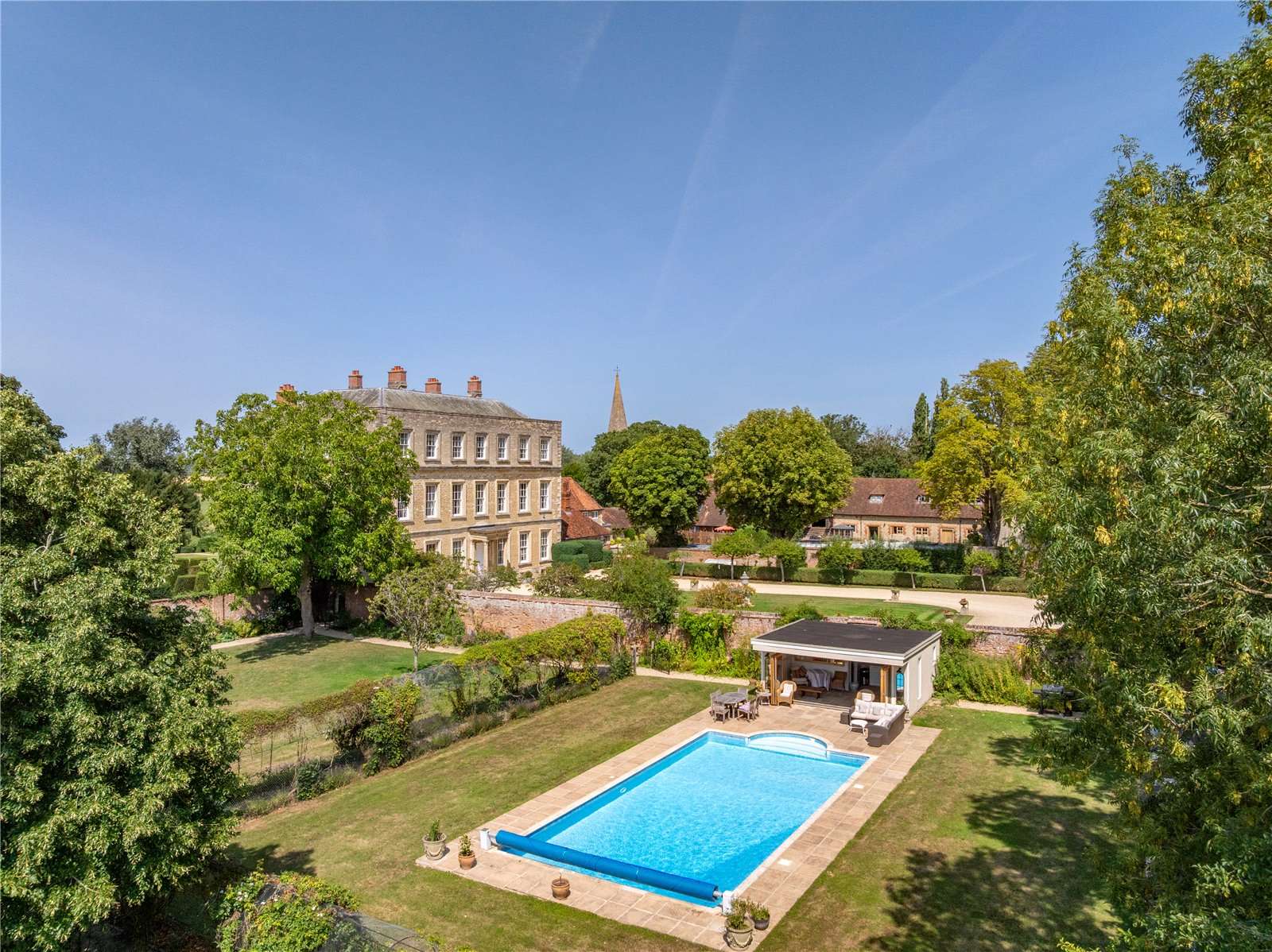
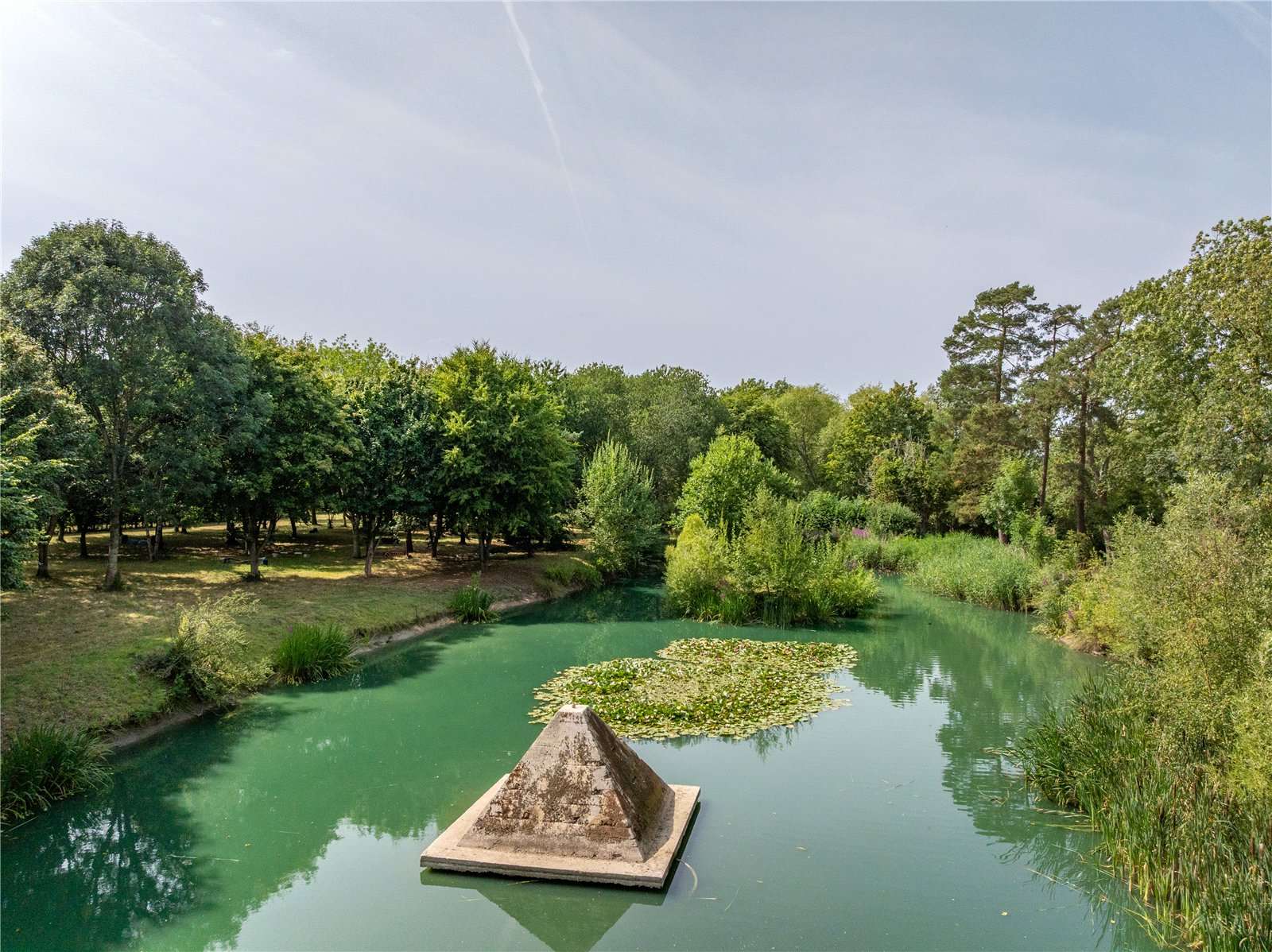
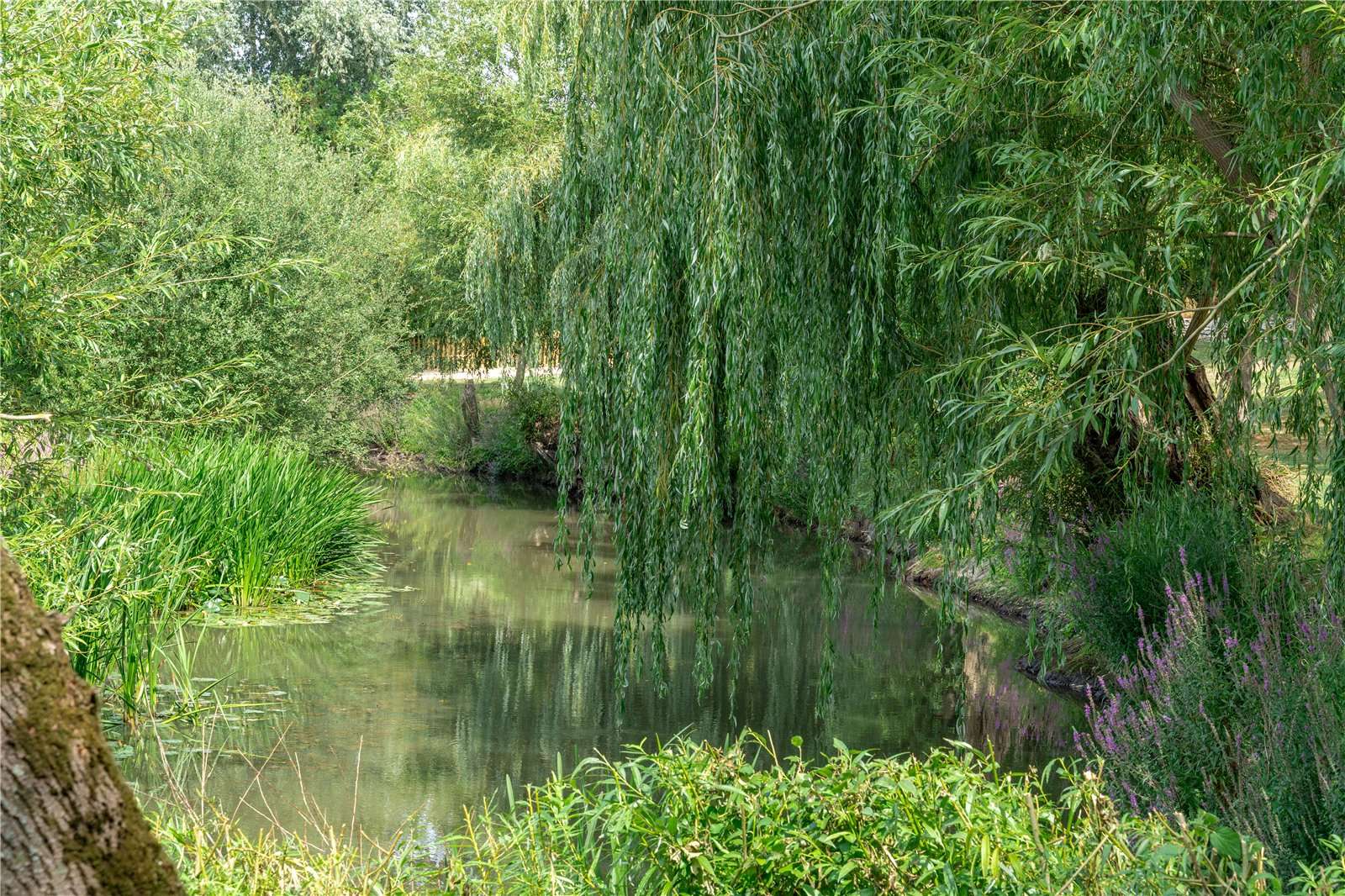
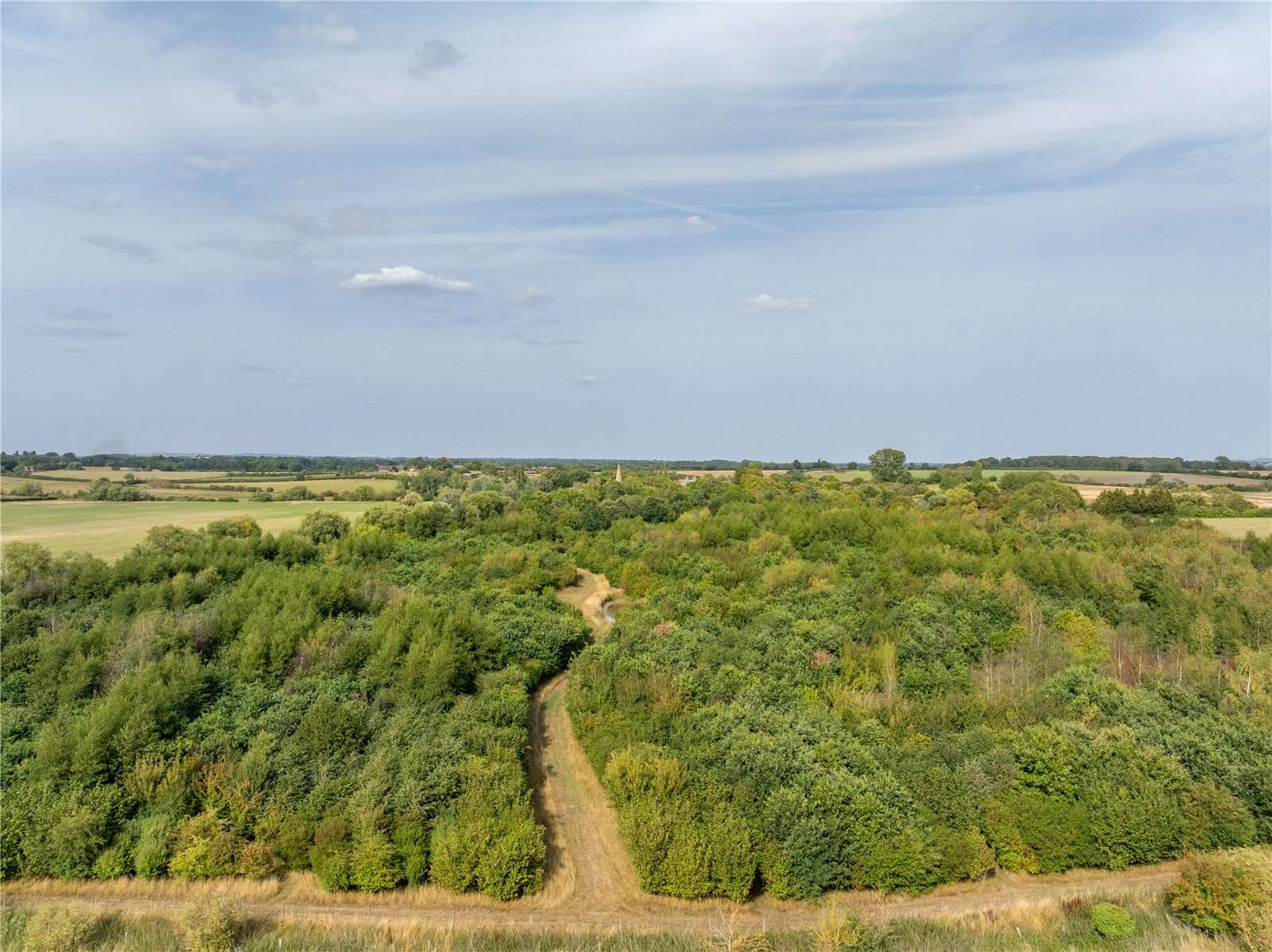
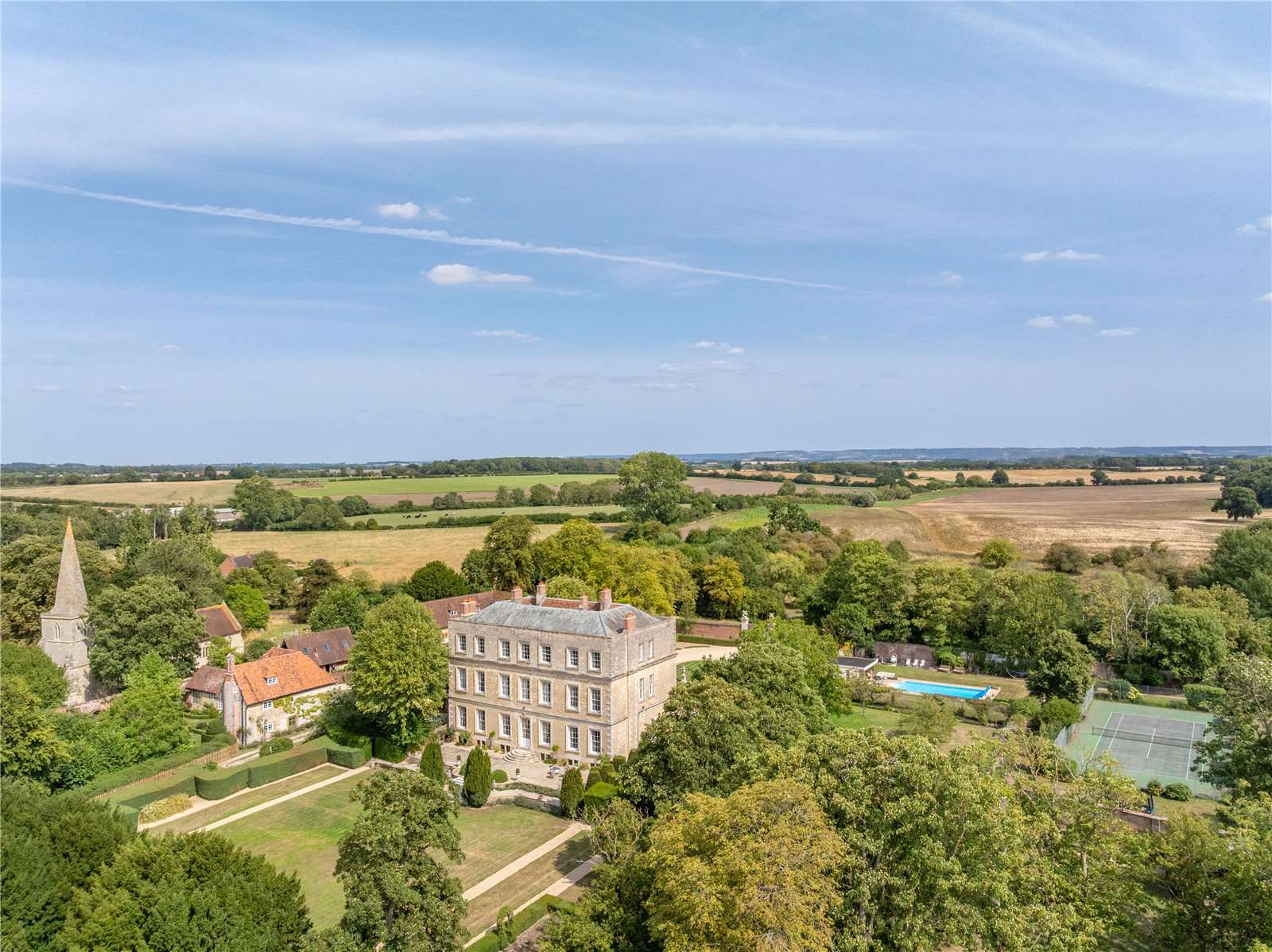
They immediately embarked on a painstaking, decade-long programme of renovations, employing a team of top-class stonemasons to repair or replace defective stonework, converting the coach house and stables to residential use and buying in the nearby Grade II-listed, 17th-century Manor House (formerly listed as Newington Cottage) the walls of which abut the churchyard of Newington’s Grade I-listed St Giles Church. They also created the lake, added the tennis court and swimming pool and planted a large area of woodland.
Newington House is for sale with a guide price of £16 million via Savills — see more details.
-
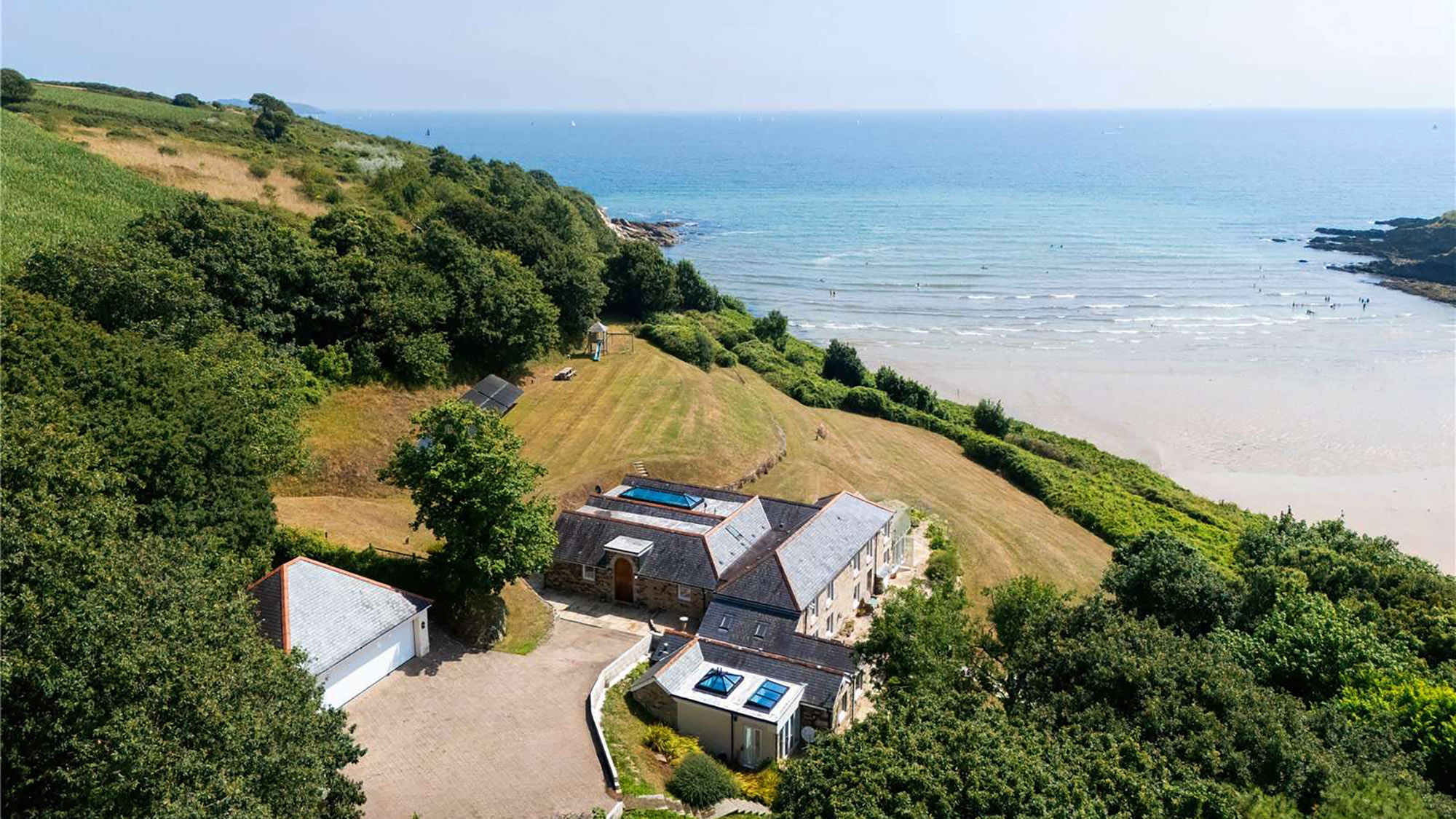 Five magnificent mansions, from a former monastery to an Art Deco wonder in the South Downs, as seen in Country Life
Five magnificent mansions, from a former monastery to an Art Deco wonder in the South Downs, as seen in Country LifeWonderful homes, including a superb beach home in Cornwall, all fresh on the market via Country Life.
By Toby Keel Published
-
 ‘I cannot bring myself to believe that Emily Brontë would be turning over in her grave at the idea of Jacob Elordi tightening breathless Barbie’s corset’: In defence of radical adaptations
‘I cannot bring myself to believe that Emily Brontë would be turning over in her grave at the idea of Jacob Elordi tightening breathless Barbie’s corset’: In defence of radical adaptationsA trailer for the upcoming adaptation of 'Wuthering Heights' has left half of Britain clutching their pearls. What's the fuss, questions Laura Kay, who argues in defence of radical adaptation of classic literature.
By Laura Kay Published
-
 Five magnificent mansions, from a former monastery to an Art Deco wonder in the South Downs, as seen in Country Life
Five magnificent mansions, from a former monastery to an Art Deco wonder in the South Downs, as seen in Country LifeWonderful homes, including a superb beach home in Cornwall, all fresh on the market via Country Life.
By Toby Keel Published
-
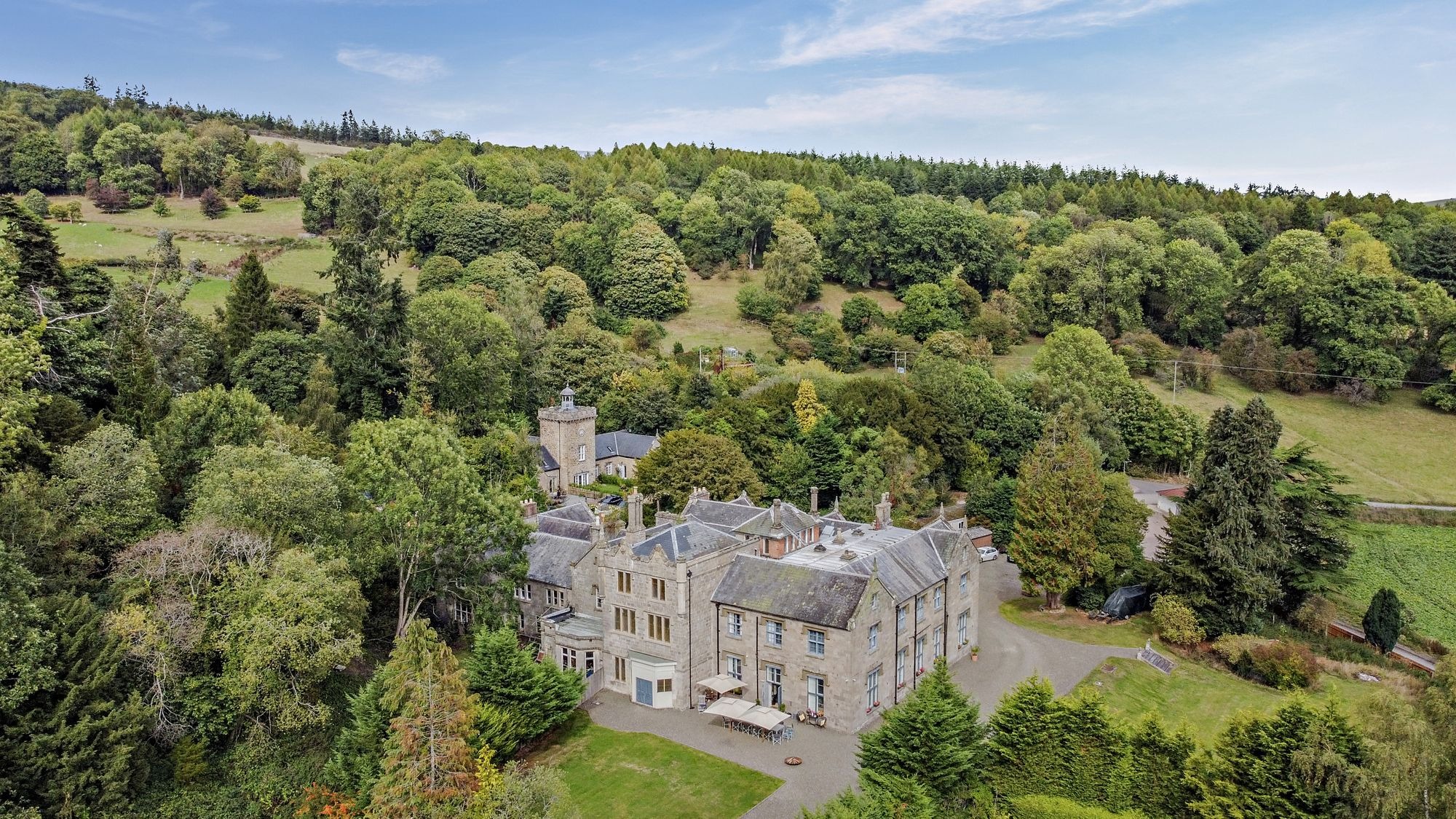 A 14-bedroom 'miniature Downton Abbey' to call your own — and there's not a penny of Mansion Tax to be paid
A 14-bedroom 'miniature Downton Abbey' to call your own — and there's not a penny of Mansion Tax to be paidNorton Manor is an incredible period home that's on the market for £1.3 million.
By Toby Keel Published
-
 The dream ski chalet for sale: Plan world domination and ski Japow at the same time
The dream ski chalet for sale: Plan world domination and ski Japow at the same timeEach week, James Fisher fantasises about a dream ski chalet he'd like to buy, but can't — from architecturally striking marvels, to cosy mountain retreats, and everything in between. This week, we are off to the top of the Rusutsu resort in Japan.
By James Fisher Published
-
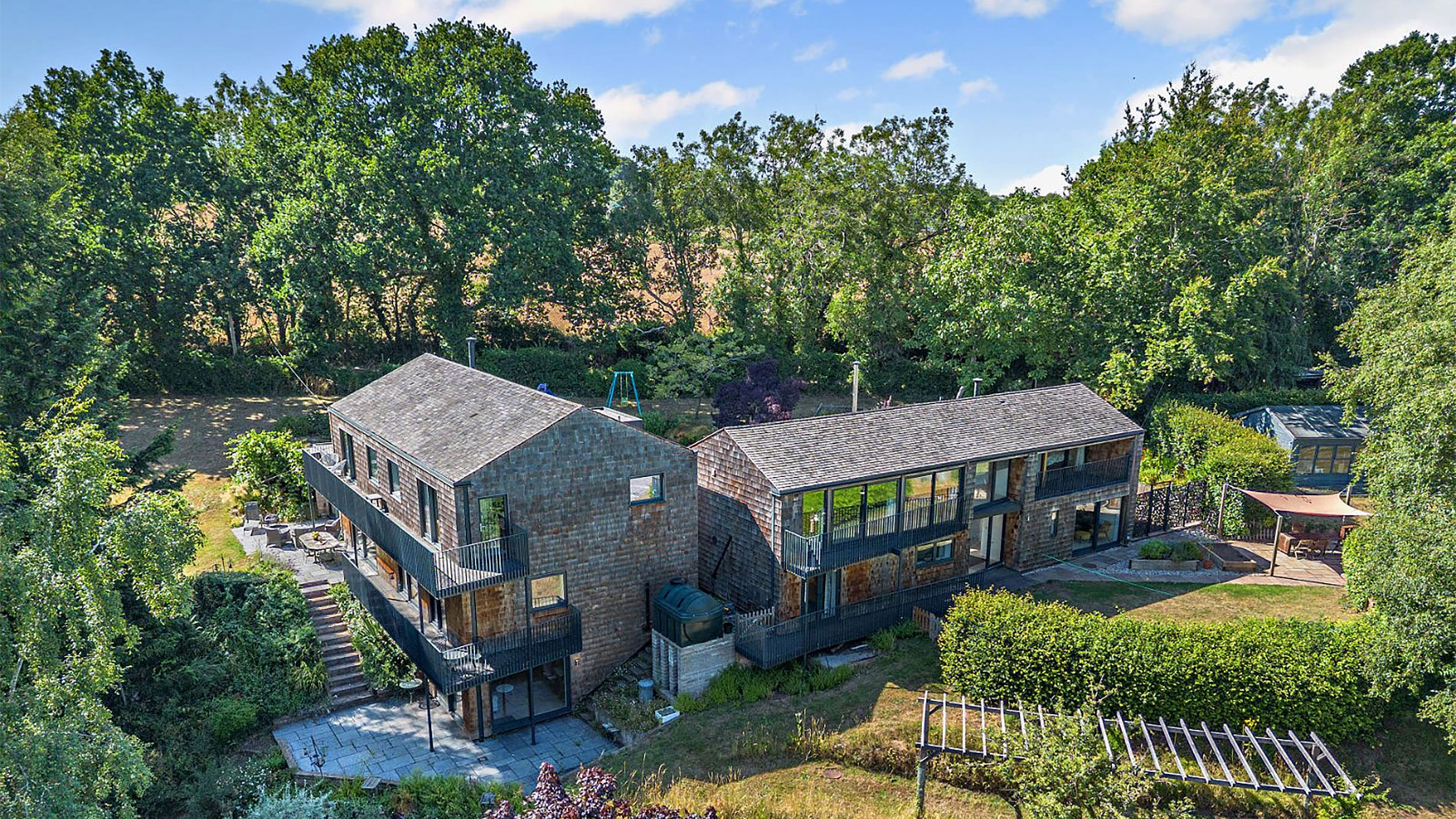 A country home that comes with a perfect lifestyle business: one of Britain's oldest vineyards
A country home that comes with a perfect lifestyle business: one of Britain's oldest vineyardsAstley Vineyard in Worcestershire, and the lovely house that it comes with, are looking for a new owner.
By Toby Keel Published
-
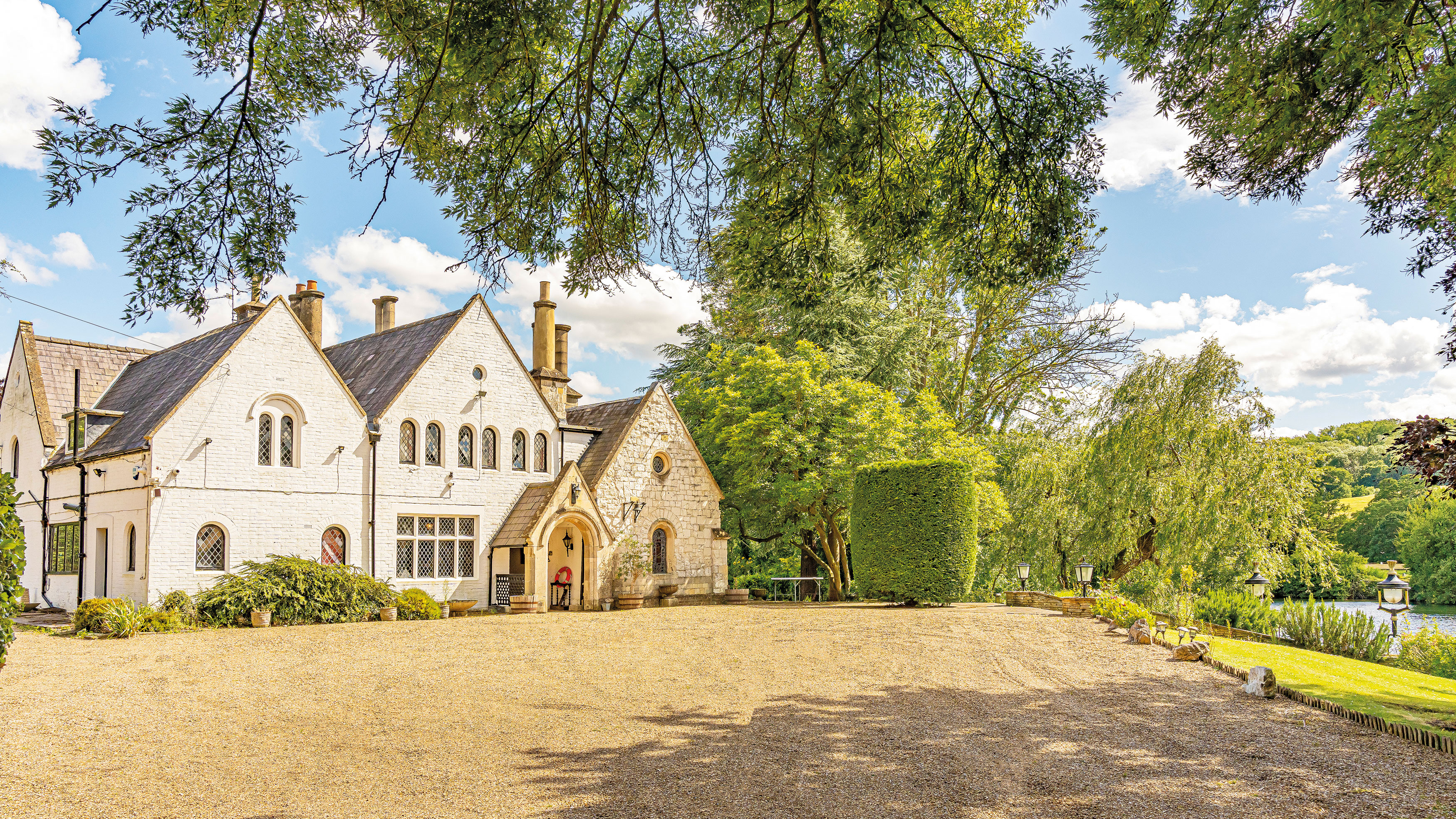 Magna Carta Island for sale on the Thames, complete with the stone tablet on which Magna Carta itself is said to have been sealed
Magna Carta Island for sale on the Thames, complete with the stone tablet on which Magna Carta itself is said to have been sealedThis beautiful house on a private island on the River Thames isn't just a charming home — it's one with an extraordinary tale to tell.
By Toby Keel Published
-
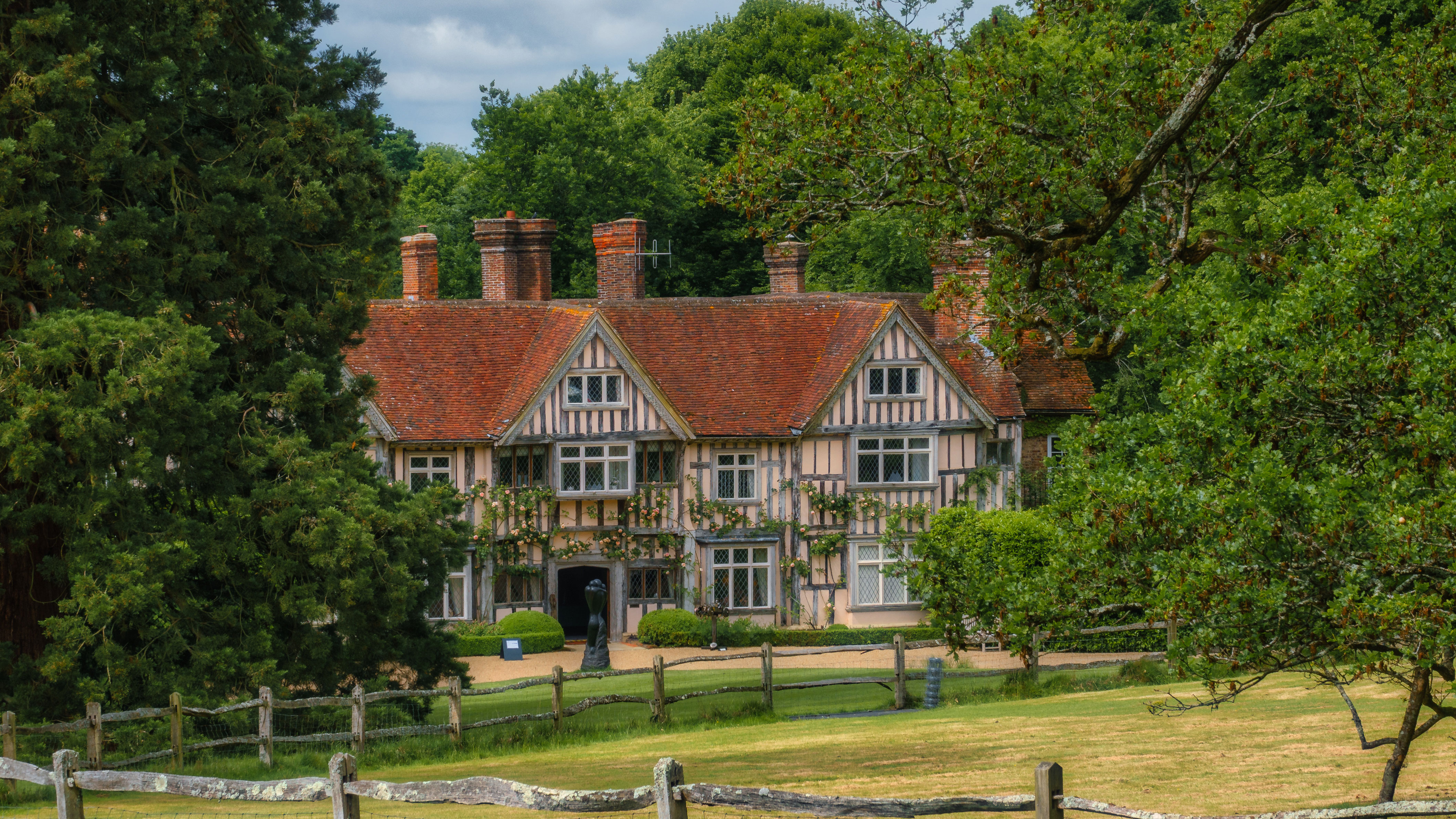 'Good news, let’s make the £20 million deal happen': The Mansion Tax that turned out to be 'the least worst outcome for prime property', and the places that will be hit
'Good news, let’s make the £20 million deal happen': The Mansion Tax that turned out to be 'the least worst outcome for prime property', and the places that will be hitWhere in Britain are the £2 million homes set to be hit by the Mansion Tax? Anna White takes a look.
By Anna White Published
-
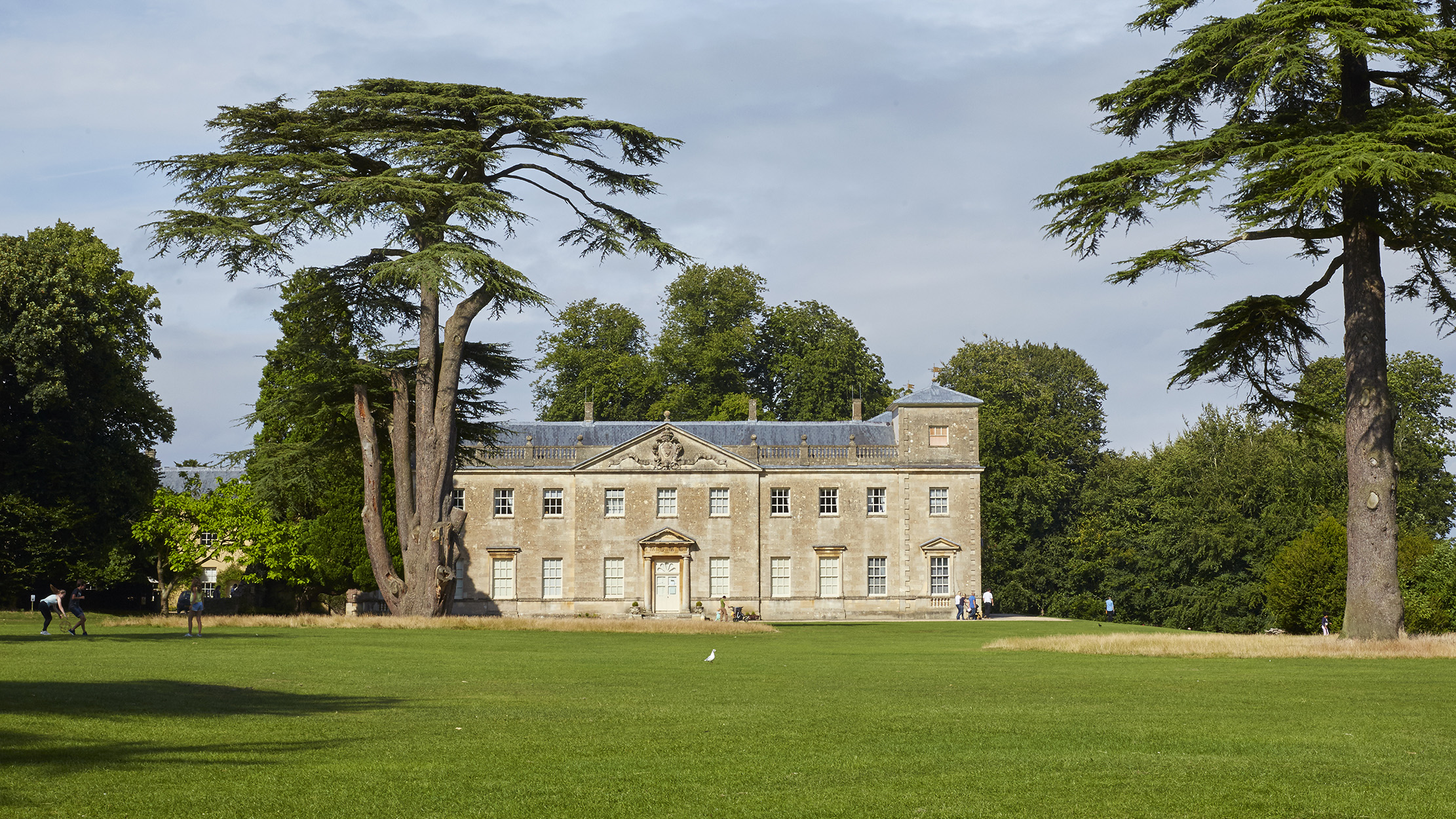 The Mansion Tax is here: Who will be hit, when and for how much
The Mansion Tax is here: Who will be hit, when and for how muchChancellor of the Exchequer Rachel Reeves has announced that the mansion tax will come into force in England and Wales from April 2028.
By Toby Keel Published
-
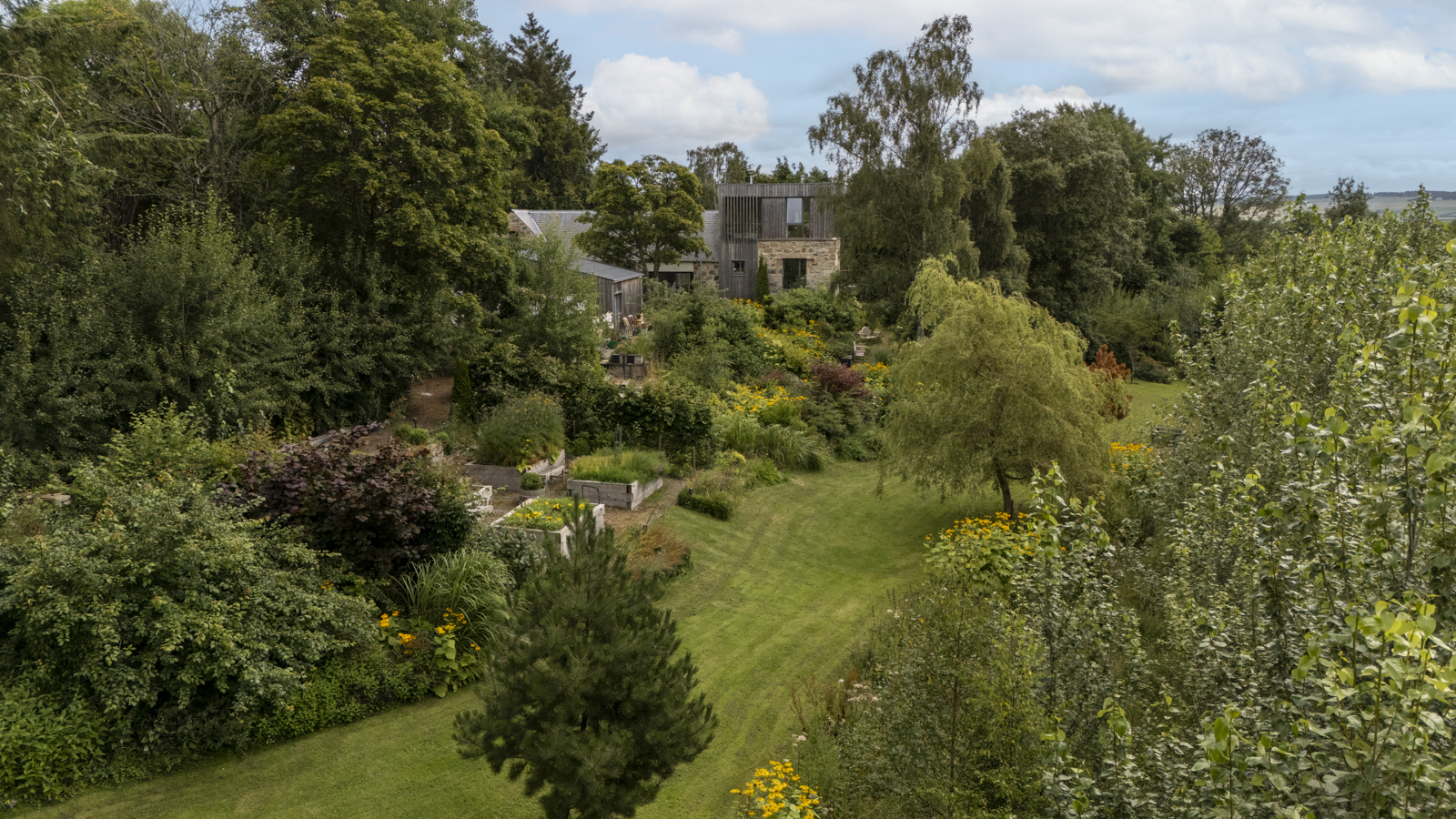 A wreck's renaissance: The 150-year-old mill that was falling apart stone by stone, now a beautiful Highland home ready for the next century and a half
A wreck's renaissance: The 150-year-old mill that was falling apart stone by stone, now a beautiful Highland home ready for the next century and a halfBogbain Mill's award-winning transformation was a labour of love for the owner, but it's now time for them to move on.
By Toby Keel Published

